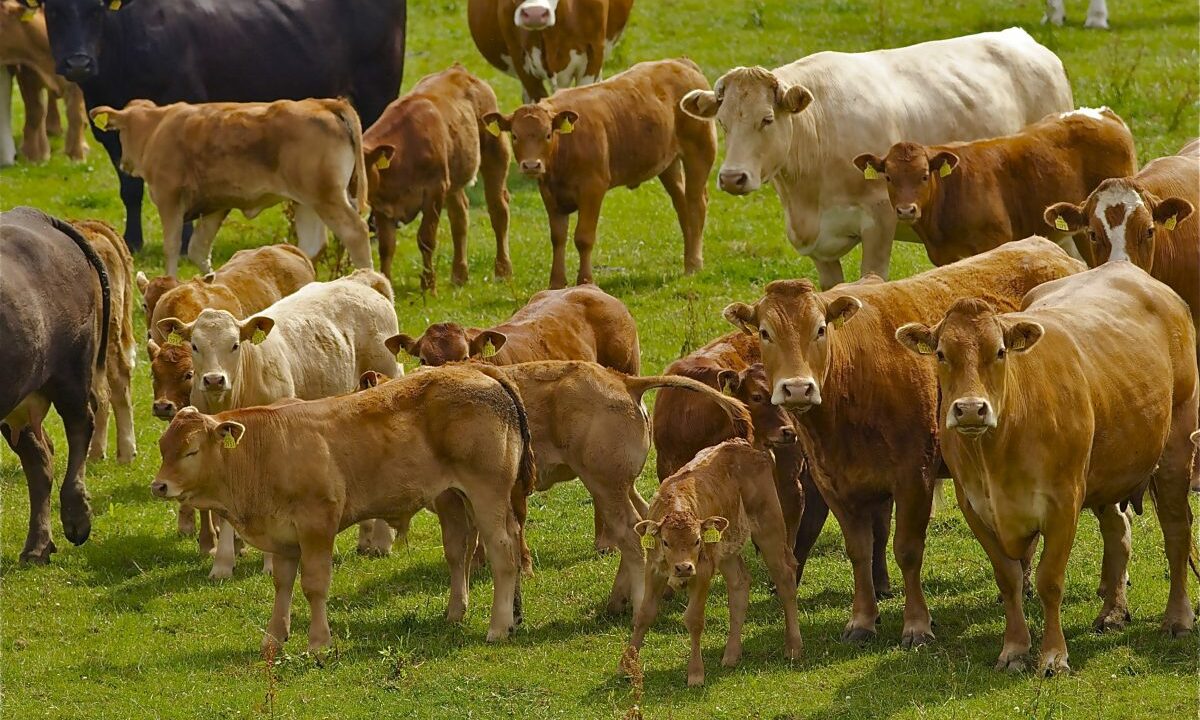The Irish Natura and Hill Farmers’ Association (INHFA) has slammed the recently updated Marginal Abatement Cost Curve (MACC) from Teagasc.
The farm organisation said that the MACC “must not become the basis” for the delivery of climate action measures by the agriculture sector in Ireland.
The Teagasc MACC outlines the need for a 29% reduction in the size of the suckler herd in order to meet the required 25% cut in emissions from the agriculture sector by 2030.
This, according to INHFA vice-president Michael McDonnell, is “a terrifying prospect that must not be entertained”.
McDonnell said that suckler farming is a sustainable type of farm system.
“Despite seeing a reduction in suckler numbers over the last number of years, agriculture has still seen an increase in CO2 (carbon dioxide) emissions,” he said.
“On this basis we must recognise how further reductions will probably be counterproductive as they will be off-set by increases in other farming sectors,” McDonnell added.
“It is essential that everyone appreciates the vital role our suckler sector is contributing in terms of support to the rural economy and its continued marketability in terms of animal welfare and sustainability.”
The INHFA vice-president said that this sustainability is “evident” in farm schemes like the new eco-scheme, in which many farmers have chosen the extensive grazing measures that require a stocking density of less than 1.2 livestock unit (LU) per hectare.
“If we are serious about supporting sustainable farming practices, then any farmer with a stocking rate below this level must be exempted from any reduction,” McDonnell said.
Minister for Agriculture, Food and the Marine Charlie McConalogue is set to announce a new scheme for suckler farmers in the near future, to replace the Beef Environmental Efficiency Programme – Sucklers (BEEP-S).
Commenting on this scheme, McDonnell called for it to be available to all suckler farmers, with a budget to facilitate this.
“It must also have measures that are accessible to all farmers and while there has been talk of a payment rate of €60/cow, we would like to see that increased and we definitely believe a higher rate should be paid on the first 10 cows,” he said.
The INHFA representative said that suckler-branded beef “has massive growth potential due to the combination of sustainable environmental practices and favourable welfare practices that keeps the calf with its mother”.
“This is vital and that is why it is essential that the benefits from any suckler branding is available to all suckler farmers,” McDonnell added.
